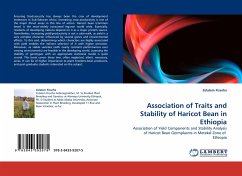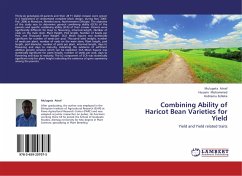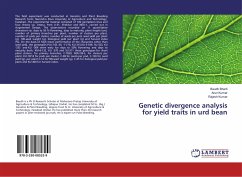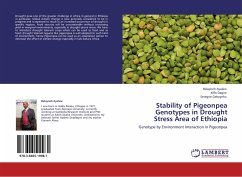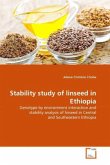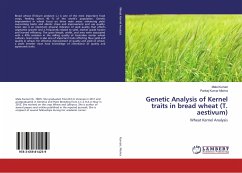Ensuring food-security has always been the crux of development endeavors in Sub-Saharan Africa. Increasing crop productivity is one of the major thrust areas in this line of action. Haricot bean (common bean) is the most-widely consumed legume world wide. Especially, residents of developing nations depend on it as a major protein source. Nonetheless, increasing yield/productivity is not a cake-walk, as yield is a very complex character influenced by several genes and environmental effects. To this end, determining which characters are highly associated with yield enables the indirect selection of it with higher precision. Moreover, as stable varieties (with nearly constant performances over varying environments) are feasible in the developing world, assessing the stability of genotypes with an appropriate statistical model is quite crucial. This book covers these two, often neglected, albeit, necessary, areas. It can be of higher importance to plant breeders,bean producers, and post-graduate students interested on the subject.

